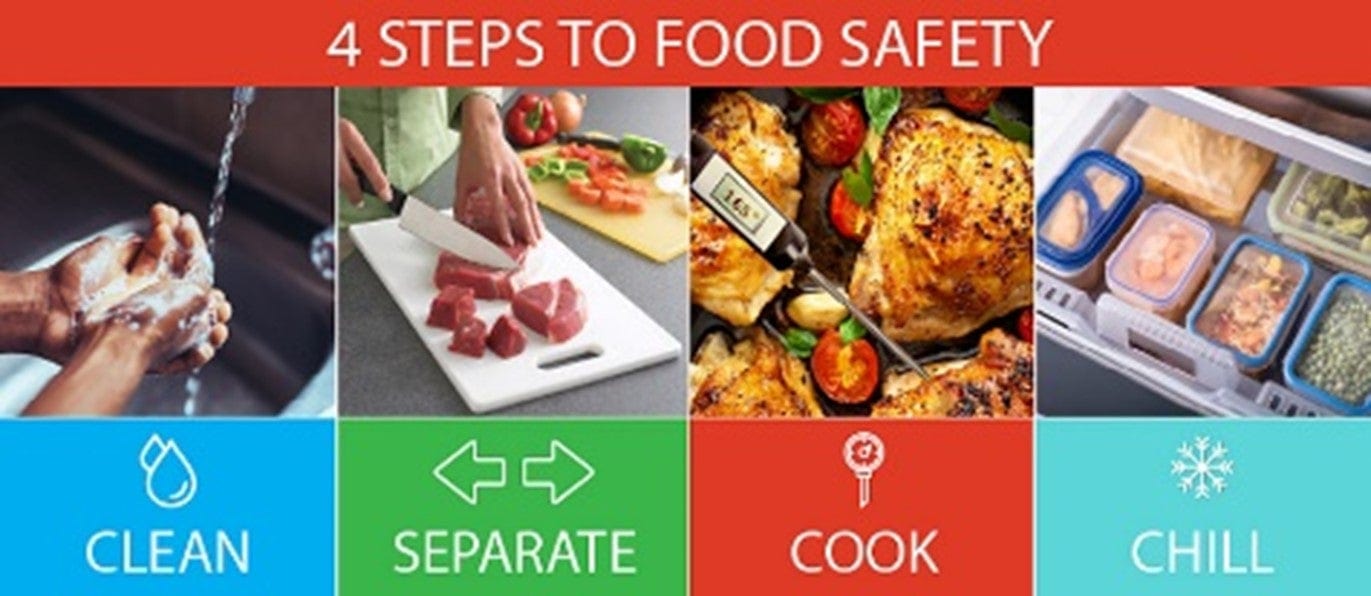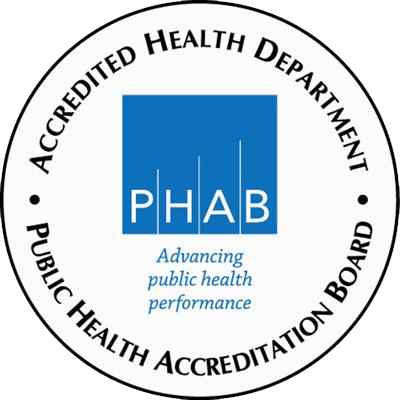Safe Food
Foodborne illness is common and PREVENTABLE. You can get food poisoning after swallowing food that has been contaminated with a variety of germs or toxins.
Take these steps to prevent foodborne illness:
BEFORE COOKING
- Wash your hands and surfaces
- Store your foods at safe temperatures
o Keep your refrigerator at 40°F or below and your freezer at 0°F or below - Thaw food safely in the refrigerator or microwave
- Marinate food in the refrigerator no matter what kind of marinade you’re using
- Keep raw foods, such as meat, flour, and eggs, separate from ready-to-eat foods.
- Use a moist cloth or paper towel to clean the grill surface before cooking.
o Thoroughly inspect the grill’s surface before cooking if using a wire bristle brush as wire bristles may get into food. - Wash hands for at least 20 seconds with soap and water
- Wash surfaces and cooking utensils with hot, soapy water.
DURING COOKING
- Wash your hands and surfaces often.
o After handling uncooked meat, chicken and other poultry, seafood, flour, or eggs.
o After each food item. - Separate, don’t cross-contaminate.
o Use separate cutting boards for raw meat, cooked meat, produce, bread and other foods that won’t be cooked.
o Do not wash raw meat, poultry, or eggs as this can spread germs onto your sink and counters. - Cook to the right temperature.
o Use a food thermometer to ensure foods are cooked to a safe internal temperature.

AFTER COOKING
- When transporting, keep foods 40°F or below in an insulated cooler.
o Keep beverages in one cooler and food in another. The cooler with the beverages will likely be opened more frequently, causing the temperature inside to fluctuate.
o Keep coolers in the shade and out of the direct sun. - Chill: Refrigerate promptly.
o Refrigerate leftovers within 2 hours of when the food was prepared
o Or if the food is exposed to temperatures above 90° F, like in a hot car or picnic, refrigerate within 1 hour
o Eat leftovers within 3 to 4 days. Throw them out after that time.
You can find additional information about how to avoid common mistakes here.
5 Symptoms of Severe Food Poisoning
Call your healthcare provider if you have severe symptoms such as:
- Diarrhea and a fever higher than 102°F
- Diarrhea that does not begin to improve within 3 days
- Bloody diarrhea
- Vomiting that does not allow you to keep liquids down
- Signs of dehydration, such as dry mouth and throat, feeling dizzy when standing up, and not urinating (peeing) much

